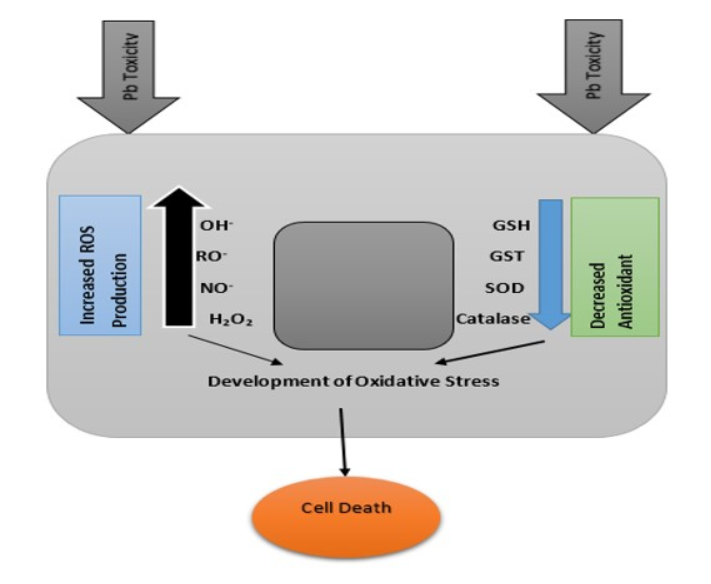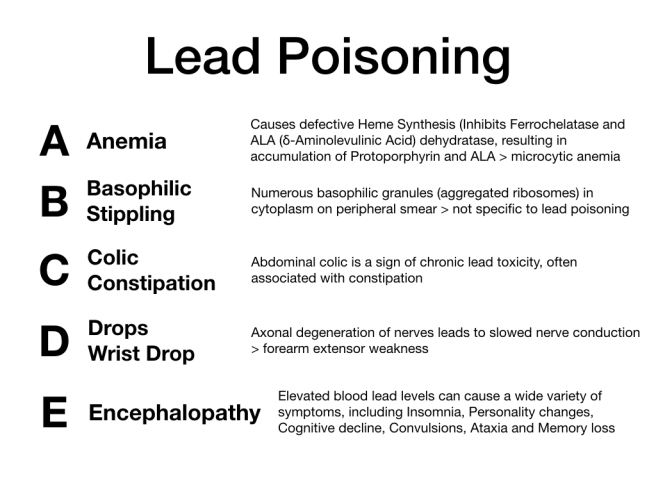Lead poisoning, often abbreviated as LP, is a serious health concern that affects millions of people worldwide. It occurs when lead, a toxic metal, accumulates in the body over time, leading to severe health issues. While lead exposure has decreased significantly due to regulatory measures, it remains a persistent threat, especially for children and individuals living in older homes or industrial areas. This article explores the causes, symptoms, effects, and prevention strategies related to lead poisoning.

What is Lead Poisoning?
Lead poisoning refers to the harmful effects caused by the accumulation of lead in the human body. Lead is a naturally occurring element found in the earth’s crust, but its widespread use in industrial and commercial products has made it a significant environmental hazard. Once absorbed into the bloodstream, lead can interfere with numerous bodily functions, particularly affecting the brain, kidneys, and nervous system.
Historical Context
- Lead has been used for centuries in various applications, including plumbing, paint, and fuel additives.
- In the mid-twentieth century, scientists began recognizing the dangers of lead exposure, leading to stricter regulations.
- Despite these efforts, lead remains present in many environments, posing ongoing risks.
Causes of Lead Poisoning
The primary cause of lead poisoning is exposure to lead through inhalation, ingestion, or skin contact. Several sources contribute to this exposure:
Contaminated Water
Lead pipes, solder, and fixtures in older plumbing systems can leach lead into drinking water. This issue gained widespread attention during the Flint water crisis in the United States, where residents were exposed to dangerously high levels of lead due to inadequate water treatment.
Deteriorating Paint
Homes built before the late 1970s often contain lead-based paint. As the paint chips, peels, or deteriorates, it creates dust that can be inhaled or ingested, especially by young children who may put contaminated objects in their mouths.
Industrial Emissions
Certain industries, such as battery manufacturing, smelting, and mining, release lead particles into the air. Workers in these industries are at higher risk of occupational exposure.
Contaminated Soil
Soil near highways or industrial sites may contain lead from past emissions of leaded gasoline or industrial waste. Children playing in such areas are particularly vulnerable.
Consumer Products
Some imported toys, cosmetics, ceramics, and traditional medicines have been found to contain lead. These products pose hidden risks, especially if they are not regulated or tested for safety.
Symptoms of Lead Poisoning
The symptoms of lead poisoning vary depending on the level of exposure and the age of the individual. In many cases, symptoms may not appear until significant damage has occurred, making early detection challenging.
Symptoms in Children
- Developmental delays and learning difficulties
- Irritability and behavioral problems
- Loss of appetite and weight loss
- Fatigue and sluggishness
- Abdominal pain and vomiting
- Hearing loss and seizures in severe cases
Symptoms in Adults
- High blood pressure and joint pain
- Memory loss and difficulty concentrating
- Mood disorders and headaches
- Reduced sperm count and miscarriage in women
- Muscle weakness and nerve damage
Effects of Lead Poisoning
Lead poisoning can have devastating effects on both physical and mental health. The severity of these effects depends on the duration and intensity of exposure.
Impact on Children
Children are particularly susceptible to the harmful effects of lead because their bodies absorb lead more easily than adults. Even low levels of exposure can result in:
- Permanent brain damage and reduced IQ
- Impaired growth and development
- Attention deficit disorders and hyperactivity
- Speech and language delays
Impact on Adults
While adults are less vulnerable than children, prolonged exposure to lead can still cause serious health problems, including:
- Kidney damage and failure
- Cardiovascular issues such as hypertension
- Reproductive challenges, including infertility
- Nerve disorders and muscle weakness
Long-Term Consequences
Chronic exposure to lead can lead to irreversible damage, particularly to the nervous system. Studies have linked lead exposure to increased risks of neurodegenerative diseases like Alzheimer’s disease later in life.
Prevention of Lead Poisoning
Preventing lead poisoning requires a combination of awareness, regulation, and proactive measures. By addressing potential sources of exposure, individuals and communities can significantly reduce the risk.
Testing for Lead
Regular testing is crucial for identifying lead hazards. This includes:
- Blood tests for children and adults at risk of exposure
- Water quality testing in homes and schools
- Inspection of older buildings for lead-based paint
Safe Renovation Practices
If you live in an older home, take precautions during renovations to minimize lead exposure:
- Hire certified professionals trained in lead-safe practices
- Seal off work areas to prevent contamination
- Clean thoroughly after renovation projects
Drinking Water Safety
To reduce the risk of lead in drinking water:
- Use water filters certified to remove lead
- Run cold water for several minutes before using it for cooking or drinking
- Replace old plumbing fixtures with lead-free alternatives
Healthy Habits
Simple lifestyle changes can also help prevent lead exposure:
- Wash hands and toys frequently to remove lead dust
- Ensure a balanced diet rich in calcium and iron, which can reduce lead absorption
- Avoid using imported or handmade ceramics for food storage
Community Efforts
Governments and organizations play a vital role in preventing lead poisoning by:
- Enforcing regulations on lead in consumer products and industrial emissions
- Promoting public awareness campaigns about lead hazards
- Funding programs to replace lead service lines and remediate contaminated soil
Conclusion
Lead poisoning remains a significant public health challenge, but understanding its causes, symptoms, effects, and prevention strategies can empower individuals and communities to take action. By addressing lead hazards proactively, we can protect ourselves and future generations from the harmful consequences of this toxic metal.





